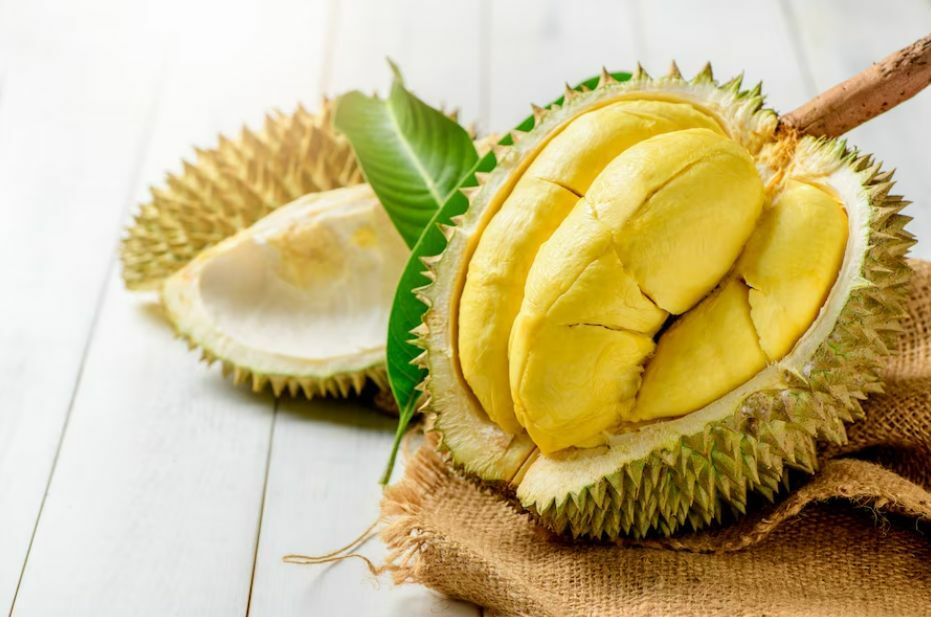Durian surplus sparks joy in Singapore as Malaysian supply surges

Durian surplus in Singapore has led enthusiasts to find their favourite spiky fruit available in abundance this year. The unprecedented bounty of the asperous fruit is so significant that claw machines now carry it, creating a thrilling opportunity to cradle a durian for the trivial cost of just 26 baht.
A surplus from the leading producer, Malaysia, has driven durian prices in the city-state down to previously unseen levels. Earlier this month, elite variations like the Musang King durian were retailed at around 80 baht a kilogram – a record-breaking fall in its price, resulting in an unprecedented durian surplus.
“Such low durian prices were never observed before,” expressed Sam Tan, executive director of MAPC Sdn Bhd, a primary provider of durians. “Conventionally, Musang King is set around 315 baht a kilogram,” said Tan, who also presides over the Malaysia Durian Exporters Association, with over a decade of industry experience.
Since 2016, Malaysian farmers, who supply over 85% of Singapore’s durians, have been diversifying their agricultural portfolio by growing durians, ditching more traditional crops like palm oil and rubber. Durian trees need at least five to seven years to start fruiting, leading to this year’s durian surplus.
Singapore’s shrinkage in durian prices is steered by an abundant influx from Malaysia, the effect intensified by the faltering strength of the ringgit, as informed by the Federal Agricultural Market Authority of Malaysia. A dip in demand – attributed to the populace focusing their spending on basic amenities – has further lent a hand in the durian surplus production.
Earlier this year, a record-breaking heatwave tampered with the fruit’s quality, pushing prices to an all-time low. Ironically, this proved favourable for Singapore’s durian enthusiasts, who import more than 100,000 kilogrammes of fruit daily from Malaysia during the peak season, catalyzing durian surplus.
Yet, it’s not solely Malaysia that’s augmenting production. Durians have also seen a resurgence in farmlands of Thailand and Vietnam, displacing crops like rubber and coffee, aiming to cater to the burgeoning durian demand in China, where the fruit is fast becoming an import favourite.
“Chinese demand for durians ignited the surge in Malaysian durian investment,” said Lim Chin Khee, a durian consultant from Pahang, with over 20 years of industry presence. Khee points a finger at the declining quality for the plummet in prices this year, reported Bangkok Post.
Hot, arid weather is to blame for 50% to 60% of durians developing burnt seeds, hosting less “meat,” as reported by MAPC’s Tan.
Regarded for their creamy texture, musky flavour and potent aroma, durians are loved in many Southeast Asian countries. The durian surplus has led to reduced prices, invigorating Singaporean durian feasts.
Local enthusiast Melissa Yap said she and her husband have been consuming the fruit thrice a week due to the budget-friendly prices, sharing their excitement for future durian indulges thanks to its newfound affordability.
Latest Thailand News
Follow The Thaiger on Google News:


























